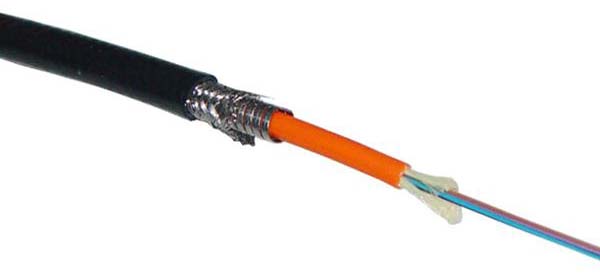May. 06, 2022
Four factors that affect the transmission distance of optical fiber
In fiber optic communication system, the most basic model is: optical transceiver - fiber optic transceiver, so the main body that affects the transmission distance is the optical transceiver and fiber. There are four factors that determine the transmission distance of optical fiber, namely optical power, dispersion, loss and reception sensitivity. Optical fiber can be used not only to transmit analog and digital signals, but also to meet the needs of video transmission.

Distribution Armored Optical Fiber Cable(4~12 fibers)
Reception sensitivity Sensitivity
The higher the sensitivity, the lower the received optical power and the longer the distance.
Optical power
The higher the power coupled into the fiber, the longer the transmission distance.
Dispersion
In terms of dispersion, the greater the dispersion, the more severe the waveform distortion. As the transmission distance gets longer, the more severe the waveform distortion becomes. In digital communication systems, waveform distortion causes inter-code interference, reduces optical reception sensitivity, and affects the relay distance of the system.
Loss
Including fiber connector loss and fusion loss, mainly loss per kilometer. The smaller the loss per kilometer, the smaller the loss, the longer the transmission distance.

















